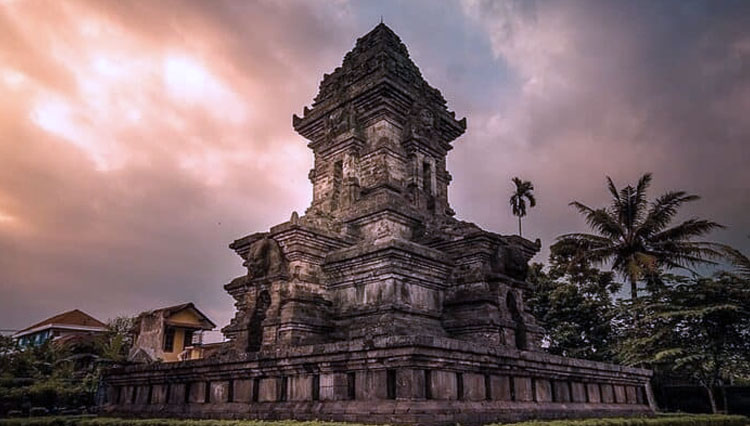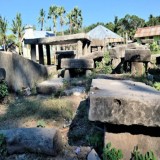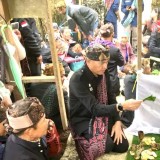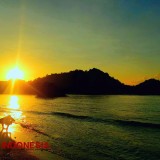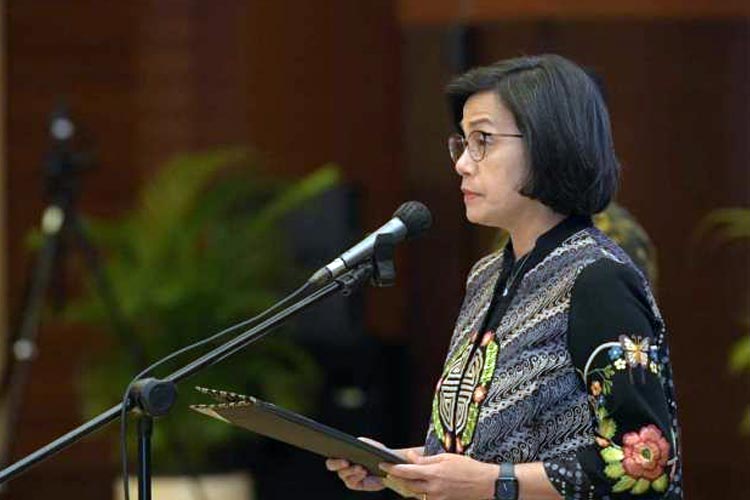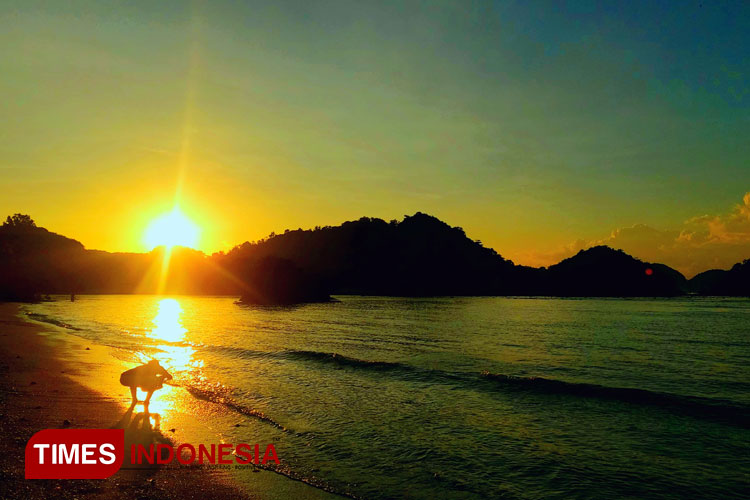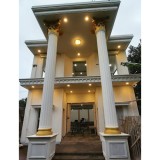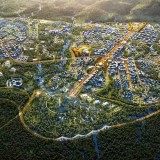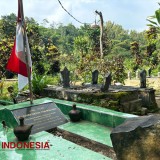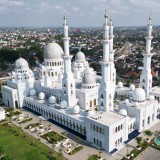TIMES AUSTRALIA, MALANG – Singasari Temple which located in Singasari, Malang, East Java is a good choice of place to visit with your family. Not far from the center of Malang and with a good road access, Singasari Temple offers an education tour about the history of Singasari Kingdom under the leadership of King Kertanegara.
Singasari Temple was found in 1803 by the governor of Northeast Coast of Java. A restoration progress was undergone from 1834 until 1937 during the Dutch colonialism. Singasari Temple has 17 meters of height and the width of 14x14. Singasari Temple has eight reliefs that are called as Mukakala.
According to the records of National Library of the Republic of Indonesia, as quoted from the page of Perpusnas.go.id, Singasari Temple is estimated to have been built in the 1300s, under the reign of the fifth and the last king of Singasari, Kertanegara.
Singasari Temple has four main parts. The first part is the terrace, which also acts as the foundation and pathways to walk between the temple’s rooms.
The second part is the temple foot, is the part from the terrace up to the lower Mukakala or head statue which called as Burloka. The third part is the body, the part that connects the lower and upper Mukakala called as Dwaloka, that depicts life between the sky and the earth. The fourth part is the temple head called as Swaloka that depicts life in heaven.
Singasari Temple has six rooms that are called as Garba Graha that are used in Hindu and Buddha Tantrayana religious ceremonies. The ashes of King Kertanegara also rest here. There were the statues of Yoni and Lingga, the symbol of Siwa. However, the statue of Lingga was brought by the Dutch as a souvenir during the Dutch colonialism.
The second room is guarded by the Maharala statue. The third room that faces to the north is the room with the statue of Goddess Durga Mahisauramardhini. In the fourth room is the place of the statue of Ganesha. The fifth room that faces to the south is the place of Mahaguru Siwa or Resi Agastya statue.
The sixth room is beside the first room and is the place of the statue of Nandiswara. However, there is only one statue left inside the building, namely the statue of Resi Agastya. All other statues were brought by the Dutch and now take place in Leiden, Netherlands.
About 300 meters west of Singasari Temple, through a dense settlement, there are two statues of Dwarapala, the gate guardian giants with their humongous size. The weight of each statue is reputedly reaching 40 tons, with the height of 3.7 meters, body circumference of 3.8 meters. The statues of Dwarapala are placed about 20 meters apart and now separated by a road.
Singasari Temple had been closed since 16 March 2020 due to the pandemic. You can still enjoy the beauty of Singasari Temple from outside, look at the Dwarapala statues in front of the gate, and the remaining ruins around the statues. You can reach the site for about 35 minutes from the city center. It is always good to learn history directly from such historical sites, isn’t it?
| Writer | : Evan Julianto |
| Editor | : Faizal R Arief |
